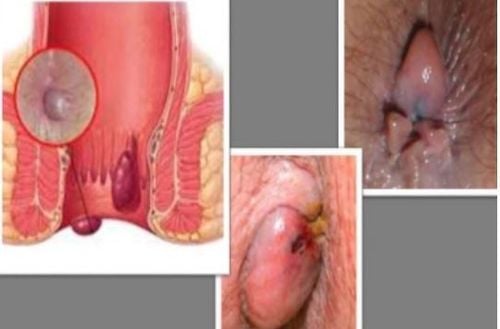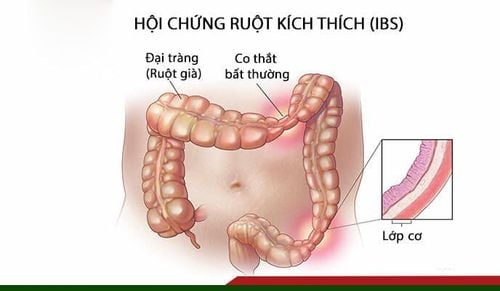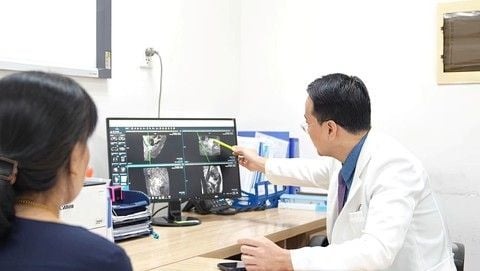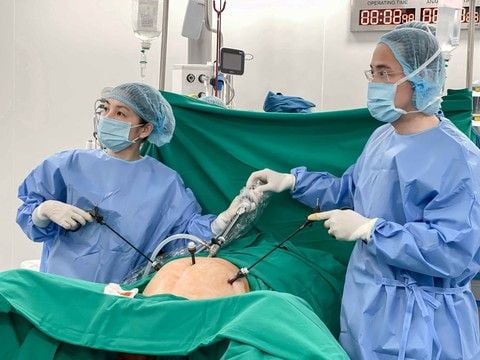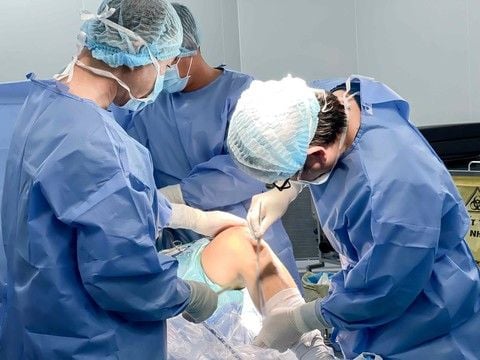Rectal prolapse and hemorrhoids are medical conditions with similar clinical presentations. However, they are entirely different diseases. Misdiagnosis can lead to incorrect treatment and negatively affect the patient’s health.
Rectal Prolapse is a common condition in children aged 1–3 years and adults over 50 years old. Although it is not life-threatening, it can cause significant discomfort and inconvenience. A diagnosis of rectal prolapse is made when a part or all of the rectal wall turns inside out and protrudes through the anal opening. The condition can result from various causes and present at different severity levels. Treatment options depend on the underlying cause and the severity of the prolapse.
Hemorrhoids, on the other hand, can occur in individuals of any age. Most patients seek treatment late due to embarrassment or underestimating the condition. Surgery is currently one of the most effective long-term treatments for hemorrhoids.
Key Differences Between Rectal Prolapse and Hemorrhoids
- Appearance of the Prolapsed Tissue: For hemorrhoids, the prolapsed tissue is the mucosal layer, often short, and may consist of one or several irregular lumps. Whereas for rectal prolapse, the prolapsed tissue involves a part or all of the rectum, appearing as a longer, uniformly rounded structure with a concentric circular pattern. It often secretes a large amount of mucus, making it moist.
- Bleeding During Bowel Movements: For hemorrhoids, bleeding occurs early in the disease. The amount of blood depends on the severity. Initially, there may be slight bleeding, with blood appearing on the stool or toilet paper. As the condition worsens, the swollen hemorrhoids can cause more significant bleeding, which may drip or spurt. For rectal prolapse, bleeding is also present but usually less pronounced. Bright red blood is often mixed with stool rather than appearing separately.
- In addition to clinical features, diagnostic imaging techniques can provide a more accurate distinction between rectal prolapse and hemorrhoids. Recommended methods include video-proctoscopy during defecation, dynamic MRI defecography, etc.
Although both rectal prolapse and hemorrhoids affect the rectal and anal regions, they are distinct medical conditions. Understanding their differences can help ensure accurate diagnosis and effective treatment.
To arrange an appointment, please call HOTLINE or make your reservation directly HERE. You may also download the MyVinmec app to schedule appointments faster and manage your reservations more conveniently.


